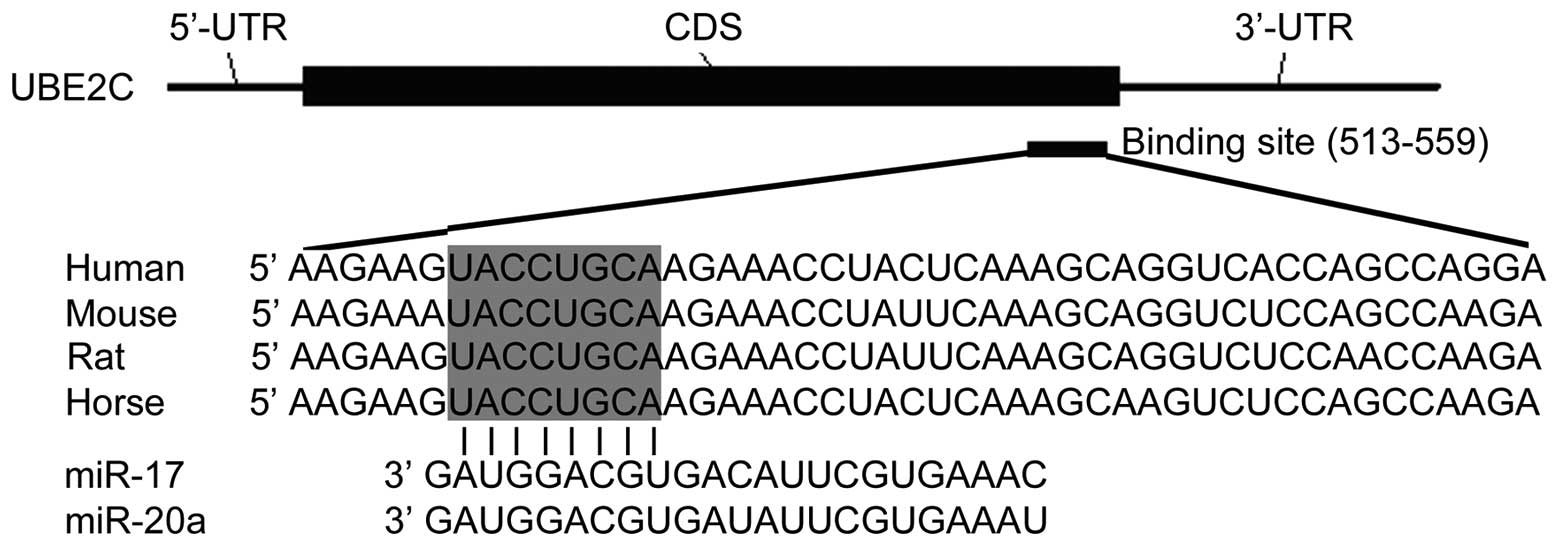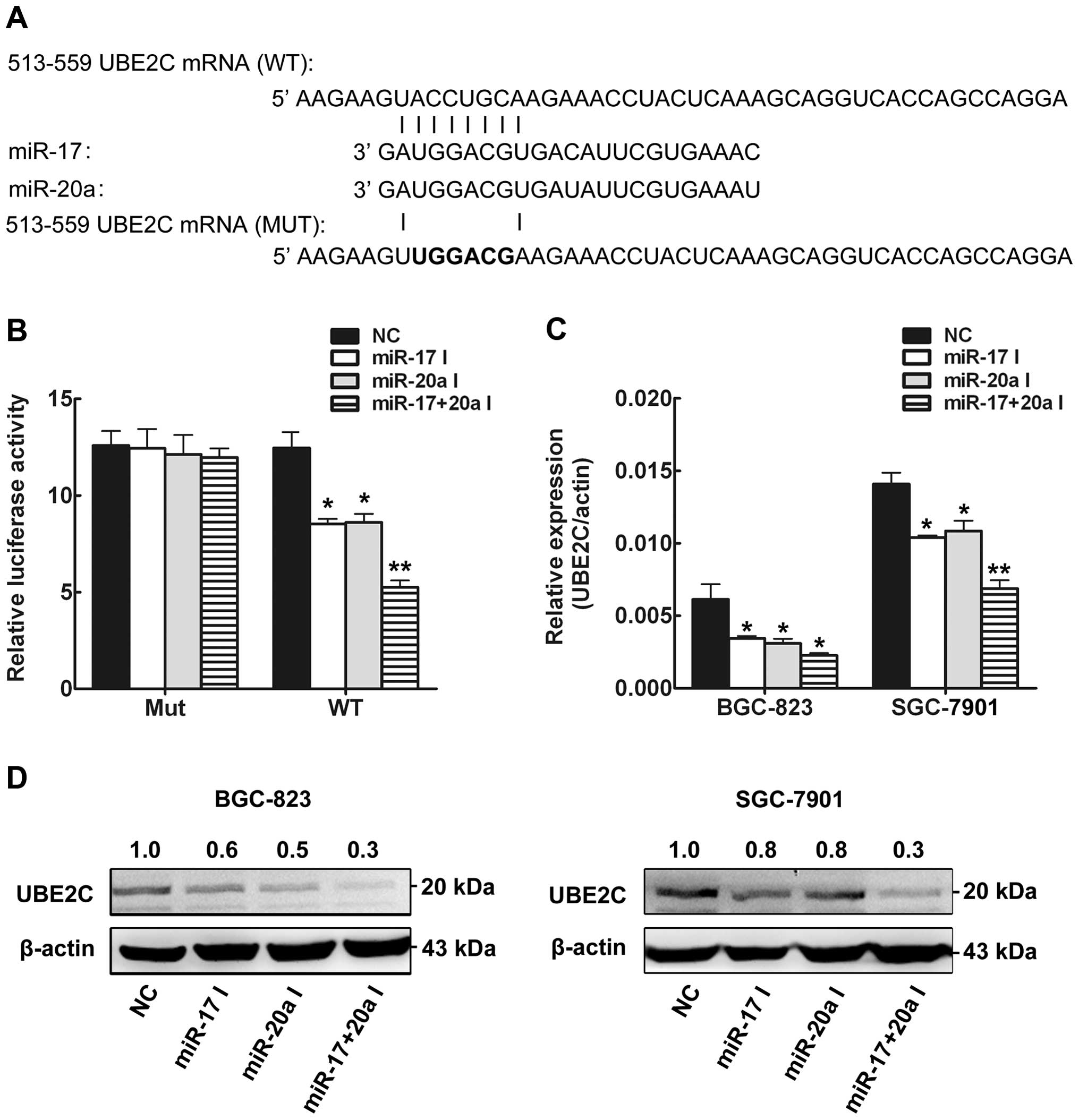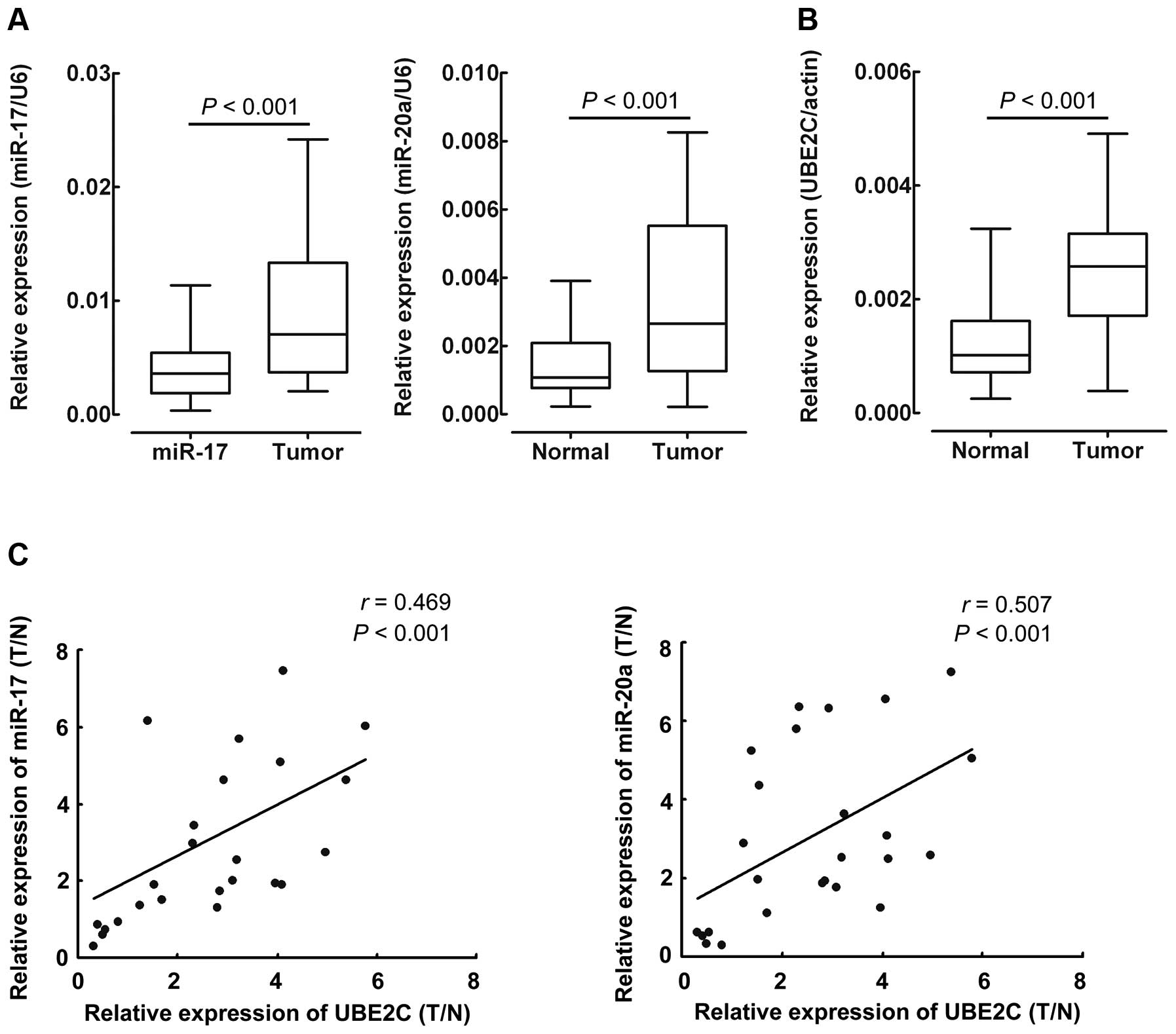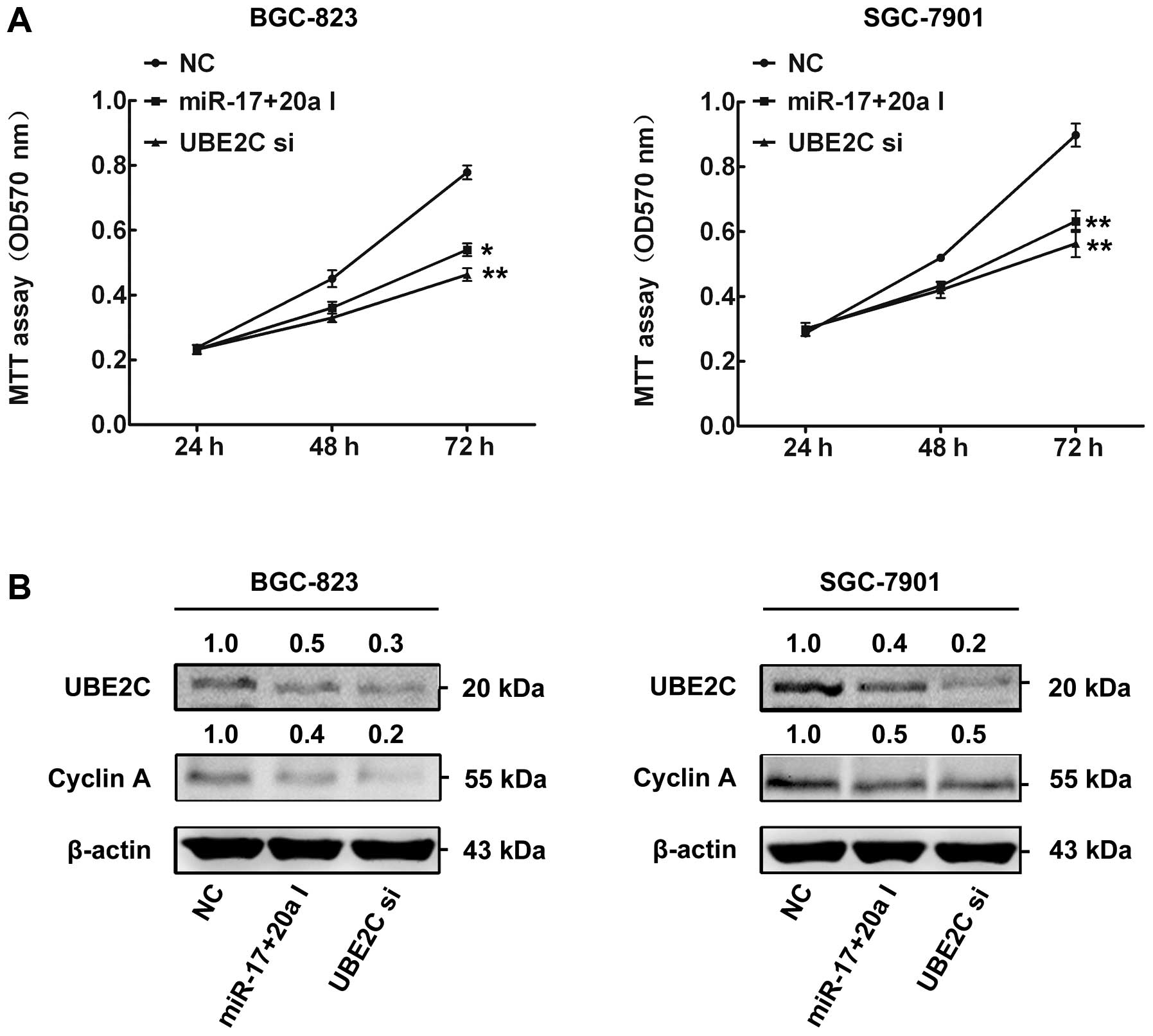| PLEKHM1, DAPK3,
HEXIM1, KCTD7, ARIH1, TXLNA, RBM12B, ZNFX1, WASL, GNAS, PCGF5,
ZBTB5, RALGAPA1, RALGAPA1, MLL, MAP3K9, KIF1A, TRIM71, ZNF598,
MAP3K8, MKI67, ZIK1, NAP1L1,PPP1CA, RNF146, ZFYVE26, APP, APP,
RUNDC1, TRIM8, BTN3A1, EIF4G2, FER, WAC, STIL, SUOX, FXR2, CPS1,
GNB1, IRAK1, NUFIP2, C15orf41, CPSF1, MTF1, CCDC47, PDLIM5,
ARHGAP10, BAZ2A, EHMT2, WEE1, ERLIN1, TMSB10, RPSA, LAS1L, MYCBP2,
TUT1, RTCD1, TNFAIP1, PDPK1, PLAG1, TCEA2, AK1, RNF145, HDHD1A,
PLS1, CCT6A, PBXIP1, TMEM19, PCNX, ELMO2, TRRAP, MOBKL1A, SLC25A28,
HN1, ARPC2, NAT8L, PTTG1, TNPO3, ANKRD27, ILF3, LSM14A, LSM14A,
LPIN1, GLO1, HSP90AA1, ATXN7, ERCC2, RTN3, SLC16A2, GANAB,
TNFRSF10B, MTMR3, EFHC1, TOB1, RAB5B, RLF, MORF4L2, FANCA,
HIST2H3A, ARHGEF7, CLPTM1, DCBLD2, PPP2R1A, BLVRA, ZNF507,
KIAA1919, NBR1, DPYSL2, TUBB2C, C16orf63, PRPF8, GAPDH, KIAA1267,
PGAM1, MT-ATP6, VPRBP, MNT, GPI, GDF11, POGZ, BACE1, TMTC4, MED13,
EPB41L2, TRAP1, AC010619-1, DNMBP, CCND2, XIAP, SDHA, NOTCH2,
EIF4G3, NONO, SMAD3, CHTF8, LAPTM4A, C5orf43, SON, TRIM44, CHST14,
SEPT11, PRICKLE1, DCUN1D4, TRA2B, AMD1, FASN, C17orf42, SEPT2,
GPM6A, EIF2C1, TSC2, NAGK, MED12, TMEM9, UQCRFS1, ABI2, EPB41L5,
CTSA, RPL21, SURF4, ELP2, QARS, EIF2C1, SIPA1L3, ARHGAP5, MT-ATP6,
ARL9, PER1, OFD1, FTH1, PLXNA1, PTBP1, ATRX, NAPEPLD, TAF9B,
SH3GLB2, COX7B, WDR82, KIF5C, NUCKS1, LCOR, ZBED3, MDK, TMED10,
TRUB1, DEPDC1, UBE3C, RBM5, HDAC10, AC010619-1, ASH1L, MFHAS1,
DCTPP1, NFAT5, SLC25A37, FAM82B, UBE2C, CAP1, RPL7, EARS2,
ENPP5, CANX, NOC2L, TMEM188, CBL, ATP5B, MT-CO2, EIF2C1, HIST2H4B,
KDM4A, C6orf205, SLC25A3, CHD4, MRPS6, REEP5, RPL37, EIF2C1, CETN2,
PELI1, MGEA5, COPS3, HIST2H2AA3, RYR2, TMEM90B, MYCBP2, OPTN, POGK,
KAT2A, MTRF1L, EEF1A1, PAIP1, PIK3CA, MT-ND2, HNRNPU, IGFBP5,
MBNL1, MYC, CPE, C7orf44, RPS15A, AZIN1, APEX1, ZNFX1, HIST3H2A,
HUWE1, HIST1H2AM, PSD3, TBC1D15, IMMT, HTT, ZNF689, RTTN, ASNS,
MT-ND4, RAB23, ATF3, ACOT2, STK11, MT-ATP6, NPAS2, FAM8A1, MEN1,
ADARB1, ZSWIM3, LARP1, RAB23, USP38, PPP1R15A, MT-ND4, PIGS,
MRPL40, TRIM11, SOX4, TMEM165, GDAP1, HIST1H4C, RPS27A, DHX33,
UBE4A, SLC35E2B, ZC3H18, TJP1, FBXO28, MOBKL1A |


















